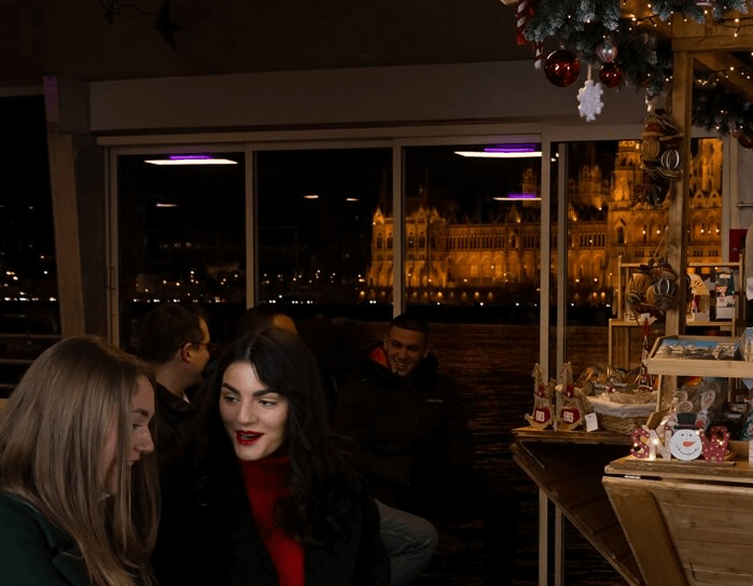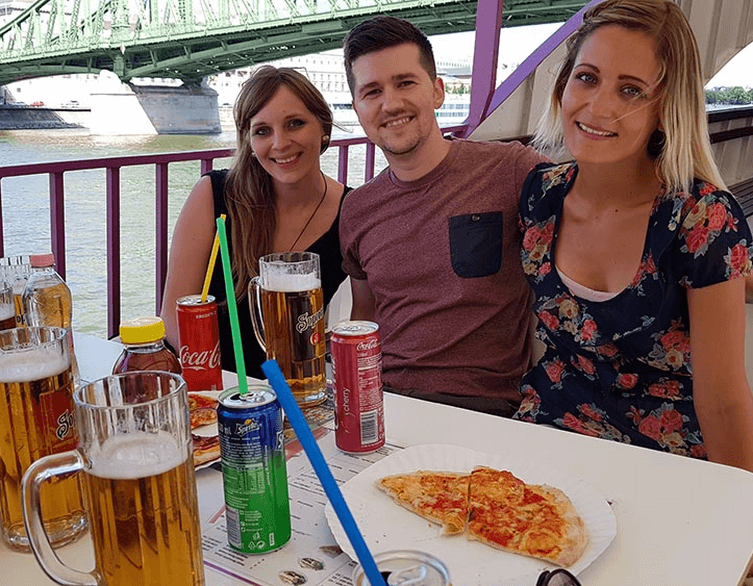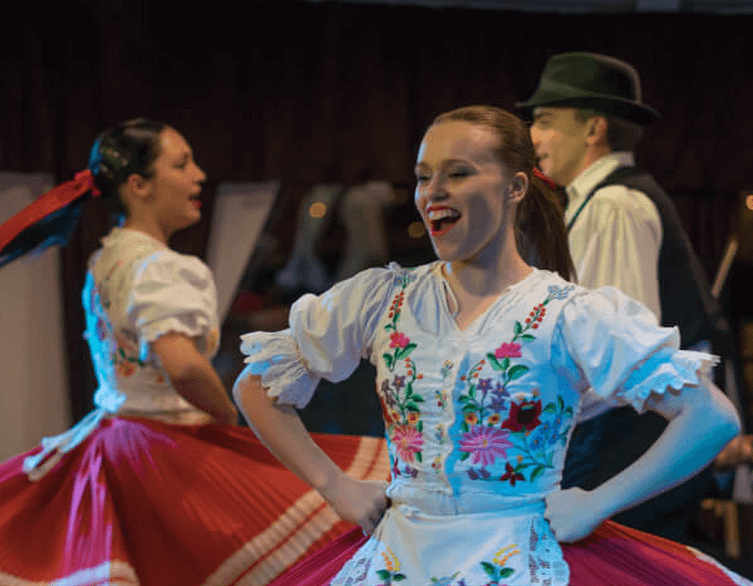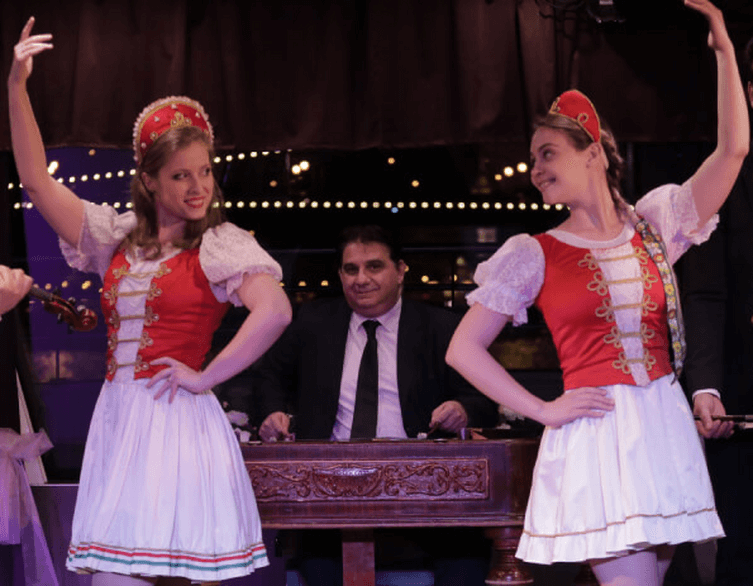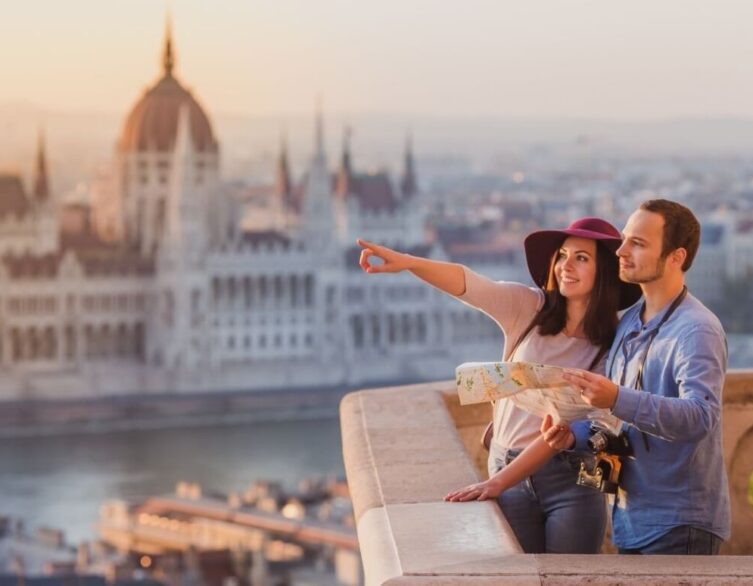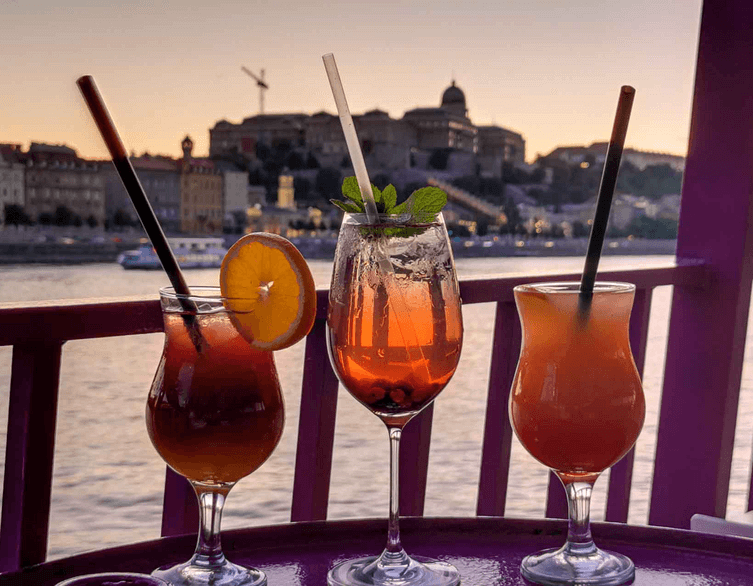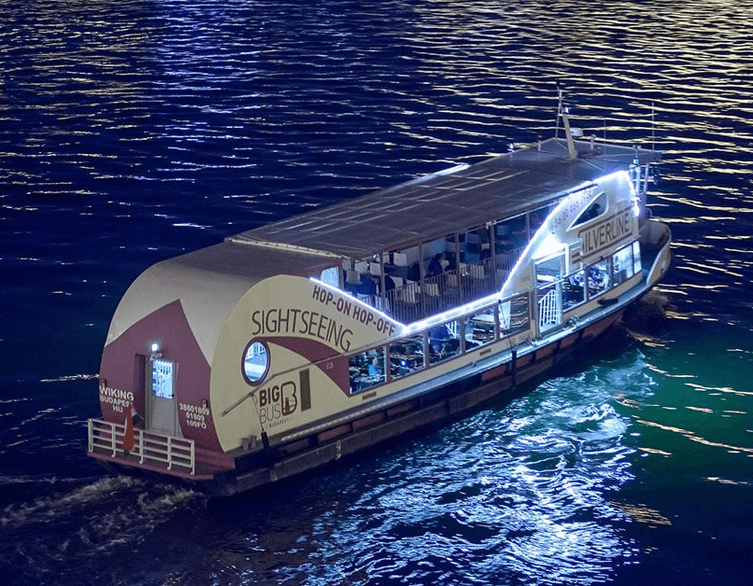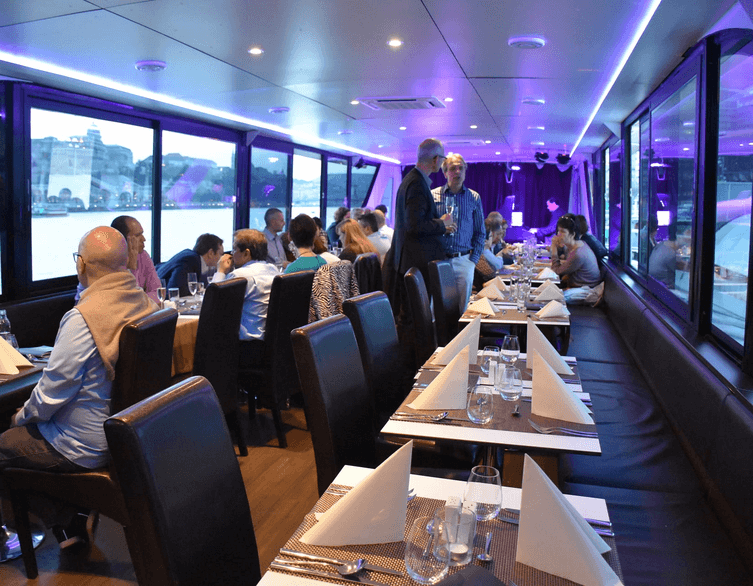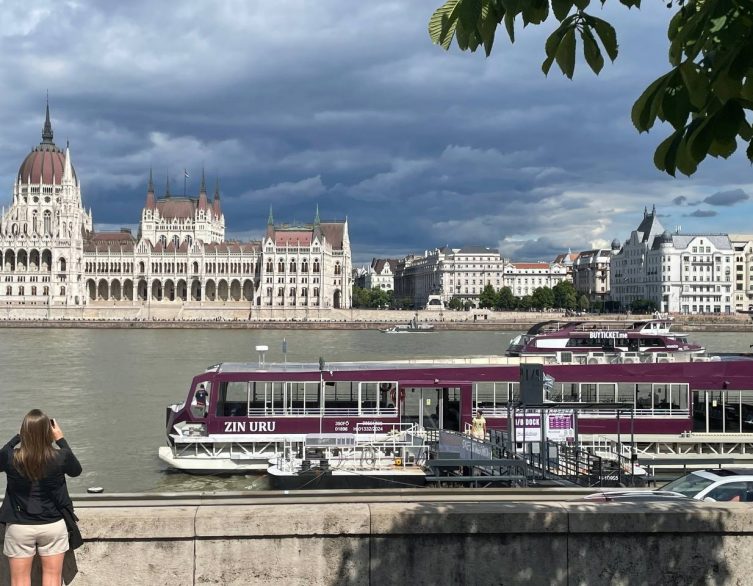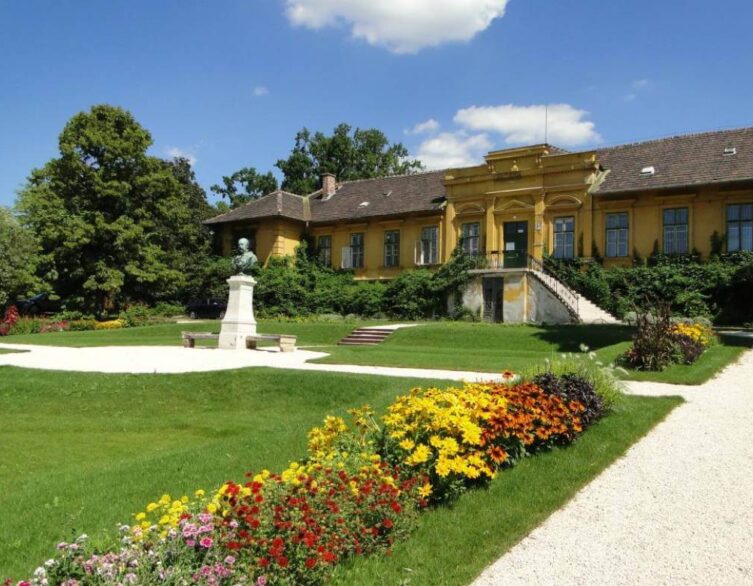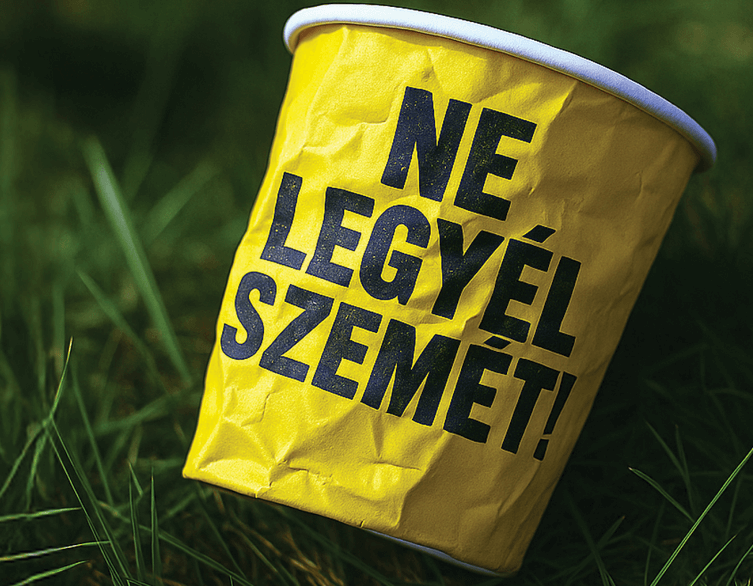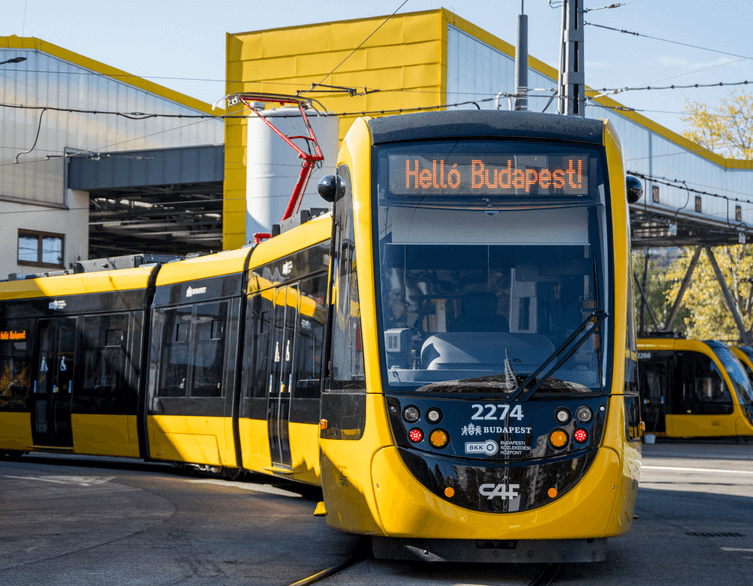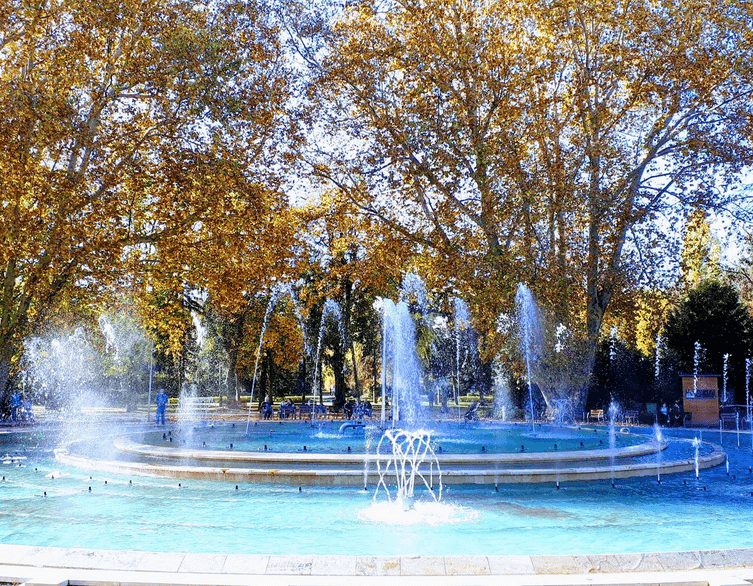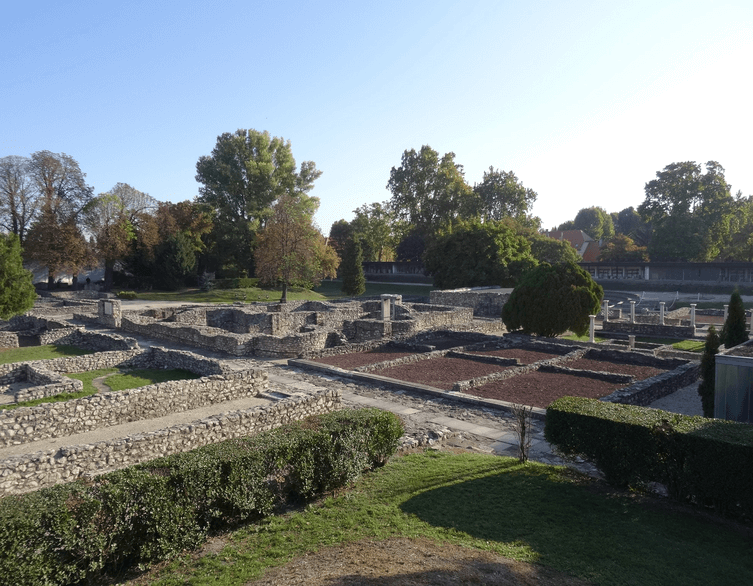Budapest’s 2025 Participatory Budget: How Residents Voted to Make Their City Greener and More Livable
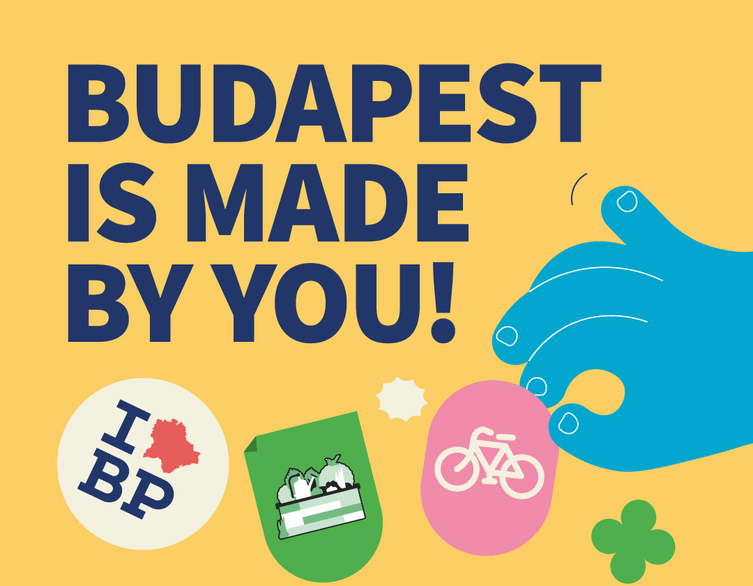
Budapest residents just made their voices heard in a record-breaking display of civic engagement. The city’s 2025 participatory budget cycle drew nearly 150,000 votes, with over 15,000 people deciding which community projects will receive funding. The results send a clear message: Budapestians want a greener, healthier, more active city. For visitors exploring the Hungarian capital, these winning projects reveal how locals are actively shaping their urban environment through democratic participation.
Breaking Records with Every Vote
From 720 initial ideas submitted by residents, 126 projects made it onto the final ballot across five categories. The voting ran throughout September, with each person allocating 15 votes across different project types. Paper voting proved surprisingly popular, with 745 people choosing in-person participation, especially during the European Mobility Week’s car-free weekend.
The October 10th results announcement at City Hall Park became a genuine celebration. Mayor Gergely Karácsony opened the event, while Laboda Kornél, star of this year’s campaign film, presented certificates to winning idea creators. The enthusiasm was palpable—when people see their votes translate into real improvements, democracy feels tangible rather than abstract.
Green Wins Dominate the Results
The top three vote-getters tell the story clearly. Rain gardens claimed first place with 3,631 votes and 120 million forints in funding. These specially designed landscapes capture and filter stormwater while creating attractive green spaces—a smart climate adaptation strategy. Community barbecue areas in parks took second with 3,605 votes, proving that green spaces matter most when people can actually use them. Health screening buses finished third with 3,397 votes, showing concern for accessible preventive healthcare.
Green projects swept multiple categories. Ground cover plants will enhance trees along Bartók Béla Street, transforming a busy thoroughfare into a pleasant pedestrian environment. The Buda embankment near Batthyány Square gains new tree plantings. Green median islands will appear on Alkotás Street, while tree replacement restores the canopy along Fogarasi Street. The Budafoki Street project adds substantial greenery, and habitat management will improve the protected Danube bank area in Nagytétény.
Sports, Cycling, and Practical Solutions
Margaret Island’s popular free fitness equipment park will expand, giving more residents and tourists access to outdoor workouts in beautiful surroundings. A new bike path and sidewalk will be constructed along Szerémi Street, while enhanced cycling safety measures at Kálvin Square will make this busy intersection more navigable for cyclists.
Practical improvements address everyday needs. A public toilet will finally appear in the Kálvin Square underpass, a heavily trafficked area where facilities have been lacking. Empty underpass spaces will be transformed into community resources for civic organizations and cultural activities. Financial literacy education for schoolchildren invests in long-term community wellbeing.
Community Consultation Beyond the Budget
Budapest’s democratic approach extends beyond the annual budget vote. The Aquincum Park project near the railway station demonstrates how resident feedback shapes major developments. The green space opposite the Aquincum Museum sits atop Roman civilian city ruins, creating unique challenges for balancing archaeological preservation with contemporary park functions.
After summer workshops with residents, planners developed four distinct concept variations. Version A offers minimal interventions through regular maintenance. Version B divides the park into an untouched natural northern section and an intensive southern area with archaeological displays. Version C evokes Roman layouts with orthogonal paths and symbolic gates. Version D features elevated walkways tracing ancient Roman streets.
Best deals of Budapest
Residents can review and comment on all concepts until November 30th, with a public forum scheduled for November 3rd at the Aquincum Museum. This extended consultation ensures the final design reflects genuine community preferences rather than planners’ assumptions.
What Visitors Will Experience
Tourists exploring Budapest over coming years will encounter these community-chosen improvements everywhere. Expanded fitness equipment on Margaret Island offers workout opportunities in stunning settings. New rain gardens demonstrate innovative urban design. Community barbecue areas create chances for cultural exchange between locals and visitors.
Greening projects along major streets provide shade during summer months and visual beauty year-round. Improved cycling infrastructure makes bike rentals more attractive for active exploration. The new Kálvin Square toilet addresses practical needs affecting tourists as much as residents.
The Aquincum Park, once completed, will offer an innovative archaeological experience where visitors can engage with Roman history while enjoying recreational space. Whether walking elevated pathways tracing ancient streets or simply relaxing in nature-oriented surroundings, the site demonstrates how cities honor their past while serving present needs.
Democracy That Delivers
Budapest’s participatory budget operates on one billion forints annually—roughly 2.5 million euros—allowing meaningful projects without overwhelming complexity. The five-category system ensures balanced development: Local Small Ideas, Local Big Ideas, Opportunity-Creating Budapest, Open Budapest, and Green Budapest. This prevents any single priority from dominating while addressing diverse community needs.
The city commits to implementing winning projects by 2026, with progress trackable through official platforms. Thirty-two projects from previous cycles have been completed, with dozens more under development. This track record builds trust—when people see results, they participate again.
The Aquincum consultation adds another democratic layer. By presenting multiple design philosophies rather than a single predetermined plan, the city treats residents as thoughtful partners capable of evaluating complex tradeoffs. This respect for community judgment elevates consultation beyond simple approval to genuine collaborative design.
Why This Matters
The 2025 results show Budapest residents increasingly prioritize sustainability and health. Green project dominance, health screening support, and active recreation emphasis demonstrate serious thinking about long-term wellbeing and environmental responsibility. Rain gardens and street trees serve practical climate adaptation purposes. Free fitness equipment and cycling infrastructure encourage active living. These community-chosen solutions address challenges facing modern cities worldwide.
For visitors, Budapest’s participatory processes reveal what engaged citizenship accomplishes. The parks, bike paths, green spaces, and facilities you encounter emerged from democratic processes where ordinary people shaped their city’s future. That context transforms the urban landscape from backdrop into evidence of collective action and shared values.
The message from record-breaking participation is clear: when given genuine opportunities to shape their environment, people respond enthusiastically. Budapest has created democracy that extends beyond periodic elections into concrete decisions about daily life. As these winning projects materialize across the city, they’ll stand as monuments not just to good ideas, but to participatory democracy in action.
Related news
Related attractions

